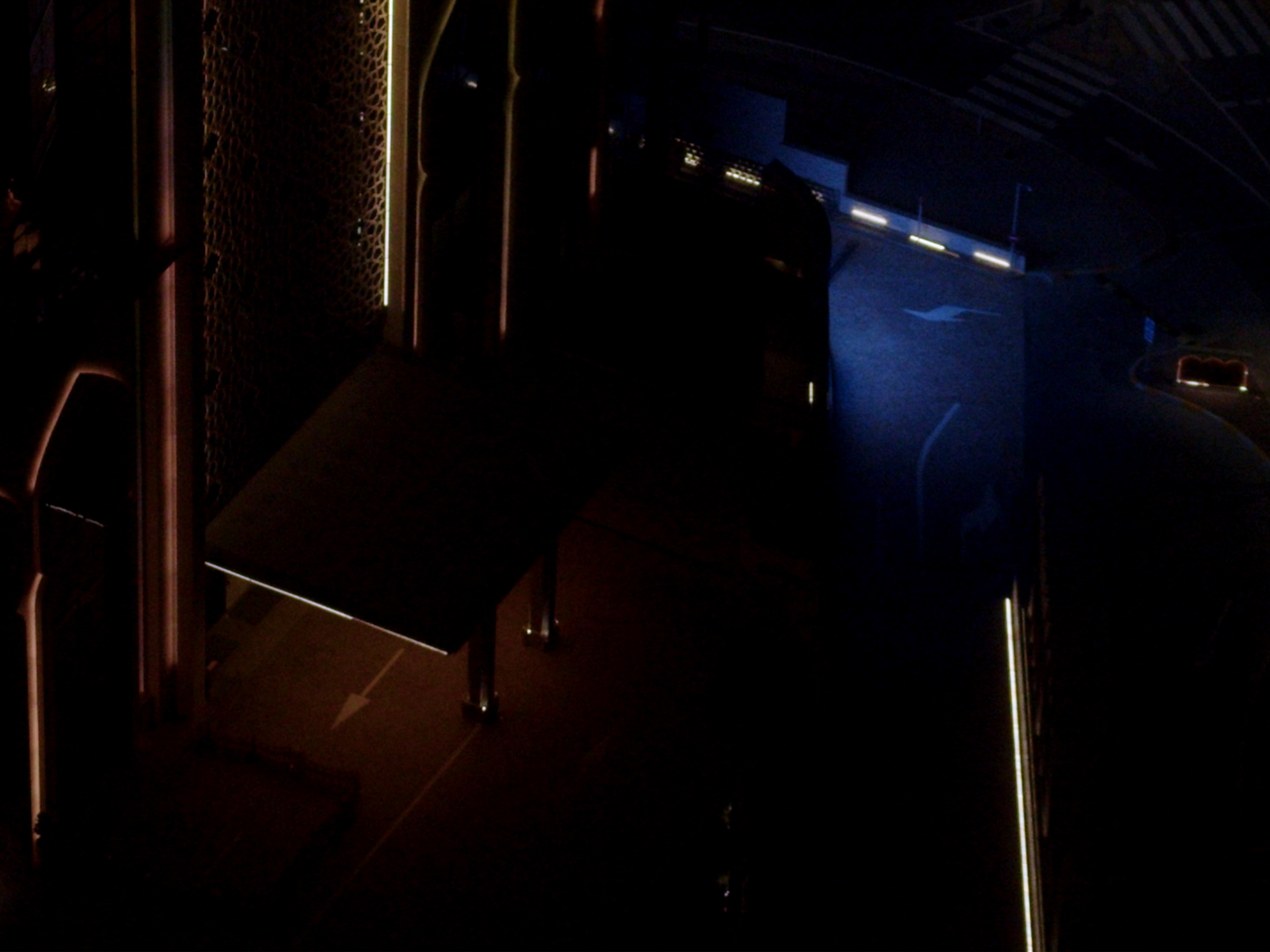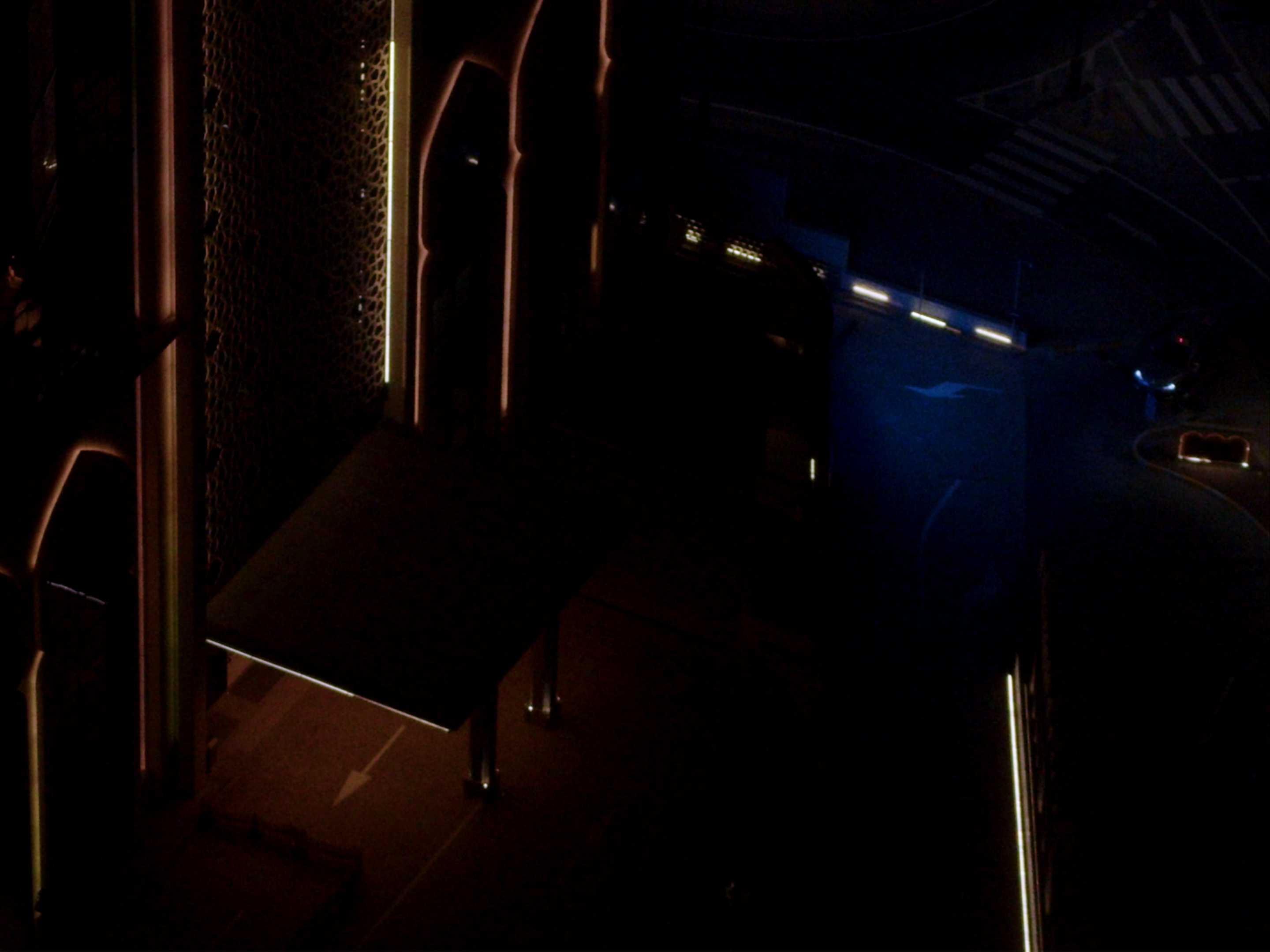Notes on Lightrail (2025)
16/07/2025
- Abay S.
16/07/2025
- Abay S.

I first got the idea for Lightrail after sending what would become the opening images to my friends. At the time, it was only a short experiment that I had not planned to make into a film. Their enthusiasm prompted me to think about turning it into a longer project. This shot was largely a product of boredom—I had borrowed some film equipment from my high school in hopes of filming a narrative short, however, these plans fell through and gave way to disappointment. So instead, I turned my camera towards my immediate surroundings.
It was an unremarkable image to me in that sense, but in filming it and sharing it with other people, I gained a newfound appreciation for the shadows cast by the curtains in my room. A quote from André Bazin comes to mind: “the photograph allows us on one hand to admire in reproduction something that our eyes alone could not have taught us to love”. As I began to create Lightrail, I found myself drawn to the ordinary images of my life, the ones that I most often encountered in my daily routines, but rarely stopped to appreciate. Through the filmmaking process—whether through the act of filming or the editing—I rediscovered them. I searched for new ways to see and connect these images in my mind, and spent more time thinking of how to frame and cut them together in a way that reflected my growing appreciation. This spirit of exploration was the driving force for the film.
The central ideas came to me after filming two additional shots of the nighttime view from my apartment. The contrast between the interior still shots of bright sun-cast curtain shadows and the handheld nighttime shots of artificial light from lampposts and buildings, as well as the movement of cars in the frame, brought to mind the relationships between light, movement, sight, and filmmaking. After all, film itself is partly predicated on movement, and it is human perception which gives its patterns of light meaning. As such, throughout the making of Lightrail, I tried to record the contrasting images contained in each of these ideas: light/darkness, movement/stillness, and the ways they connected to film. I planned vaguely what I was to shoot for each section of the film, so the visual connections I made were quite direct.


I realized during the process of making the film, my eye looked more closely at the things around me, and found interest in things it previously did not. I filmed the sequence above at around 4 AM. It was the view from my apartment that I saw almost every day, and yet, when I looked outside that night, struggling to sleep, the image was so captivating that in the dark, I assembled my camera to film it. Something about the way the lights shifted colors, the taxis working so deep into the night, and the geometry of the roads all drove me to such curiosity and appreciation. It was as if the moment, the image, would pass me by if I did not capture it, and if I tried the next evening, all of the motivation behind it would dissipate. This was an admittedly extreme case, but the majority of Lightrail is made up of these moments of sudden appreciation for a previously mundane sight.
Many of the film’s central images arose out of an inability to film the things I wanted to when I wanted to. Because of this, Lightrail contains footage from two cameras: my phone and the Blackmagic Design camera I borrowed from school. The reason for this is a particularly disastrous attempt at filming outdoors with the Blackmagic. As soon as I took the camera out of its bag, both the camera and lens were completely fogged up with condensation. This issue could have caused serious damage to the camera, and as a result, to get the exterior shots I wanted, I had to resort to my phone camera. The difference in the qualities of the footage ended up bringing to mind the idea of lenses and how they impact the camera’s intake of light, and how that differs from human sight. Without the setback, I’m not sure I would have achieved or thought of the entire set of shots involving the shining of a flashlight (whether through a lens or at my face), which grew to be essential. They are also perhaps my favorite shots in the film, and I hope one can feel the excitement I felt when discovering the beautiful patterns.
Another solution to the problem of filming outside was to film from within a vehicle, which also happened to expand the ideas I was working with, again, to a place I wouldn’t have gone otherwise. I find that a long road trip, a common experience, is one of the most intimate ways to experience time, as I can patiently witness the sun’s light while the vehicle is moving at a consistent pace. This idea brought to mind questions about the connections between time, light, and movement, that I don't yet fully understand, but was eager to investigate through Lightrail. Shots like those of a flashlight shining through a lens, of street lights, or of the sun setting from inside of a moving car, were my way of exploring the moments I observed these things intersecting. It’s shocking to me now that when I came up with the film’s title, a light rail being a form of urban transit, that I didn’t make these connections immediately (though it did later inspire the bus sequence).
The editing of the sequences also proved to be a process of discovery. There were many differences in the way I approached the arrangement of the section with as little footage as the car ride and the bus ride, with an abundance of footage arising from my lack of familiarity.
In both instances, however, I felt the need to protect the feeling of recording the subject. I was hesitant to start splicing and disposing of footage from the bus sequence in the way I would less plentiful footage because I hadn’t taken the time to understand it in the same fashion. The sequence’s final cut, composed of a multiplicity of superimposed shots, was the structure I felt most respected the footage and the feeling of it. It is not at all how I went about other sections in the film; I find it interesting how the same principle of respecting the subject of your shots can result in such varying rhythms and editing patterns.
For my other films, Ulukayın and daysong, all of the footage was filmed in one or two sessions and promptly edited in the same fashion. It was quite a linear process. Lightrail, however, was filmed and edited in chunks. This gave me the opportunity to think about expanding what I had already edited, which I hope provided the film with the same sense of progression that I experienced. I found that in filming and editing intermittently, I could film with editing in mind easier, based on how I had cut the previous section, but the cuts I envisioned before filming were based on very simple logic (daytime -> eyes in the dark -> evening). Admittedly, it is harder for me to explain the more nuanced editing decisions of the film because they are ones that tend more towards a logic of overtones, or, as Eisenstein puts it, as “displacements of the perceived impression”. This goes, as well, for the temporal elements of editing. I discovered that much of my editing work was finding a suitable middle point between measured and intuitive rhythms. For example, while the various flicker sections were exactly proportional and frame-precise, other sequences were cut based on instinct and observation, replaying the cut over and over again and adjusting it as I saw fit. I think Lightrail benefited from the balance and interplay of those more easily understood cuts and the ones that operate on a more vague intellectual and emotional level, which was something my process helped me maintain.
At best, this way of making a film allowed me room for evolution, which is a process parallel to Lightrail’s ideas. At worst, it caused me to struggle against over-segmentation, and perhaps lose some cohesion along the way, but this is not easy for me to see.